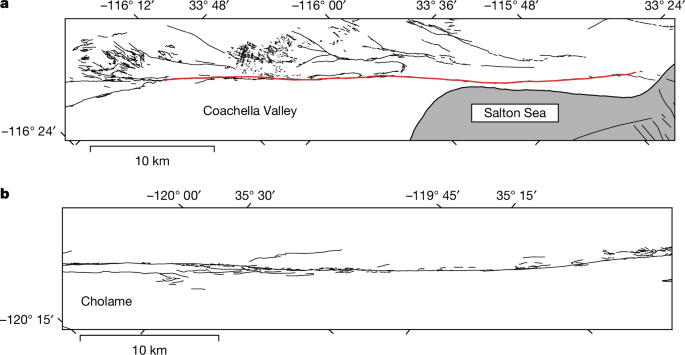
""Understanding the interplay between large earthquakes and creeping faults is essential for assessing seismic hazards and predicting fault behavior in various geological settings.""
""The geometry of fault networks critically influences frictional behavior during earthquakes, impacting their initiation, propagation, and energy release processes.""
This article discusses the relationship between creeping faults and large earthquakes, emphasizing that these phenomena are crucial for seismic hazard assessment. It highlights that understanding how faults move, both slowly and rapidly, allows for better predictions of earthquake behavior. The various studies referenced explore the intricacies of fault mechanics, friction properties, and how fault geometries impact seismic events. Insights into fault creep behavior, derived from extensive research, also play a crucial role in modeling and forecasting potential earthquake occurrences in different regions.
Read at www.nature.com
Unable to calculate read time
Collection
[
|
...
]